Trucking industry fights human trafficking, still a crisis
Truck driver Kevin Kimmel noticed suspicious activity when he stopped at the gas station in New Kent County, Va. He observed multiple men entering and leaving an RV and another man going back and forth from the car to the convenience store. Kimmel also saw a young woman briefly appearing in the window before disappearing behind a black curtain.
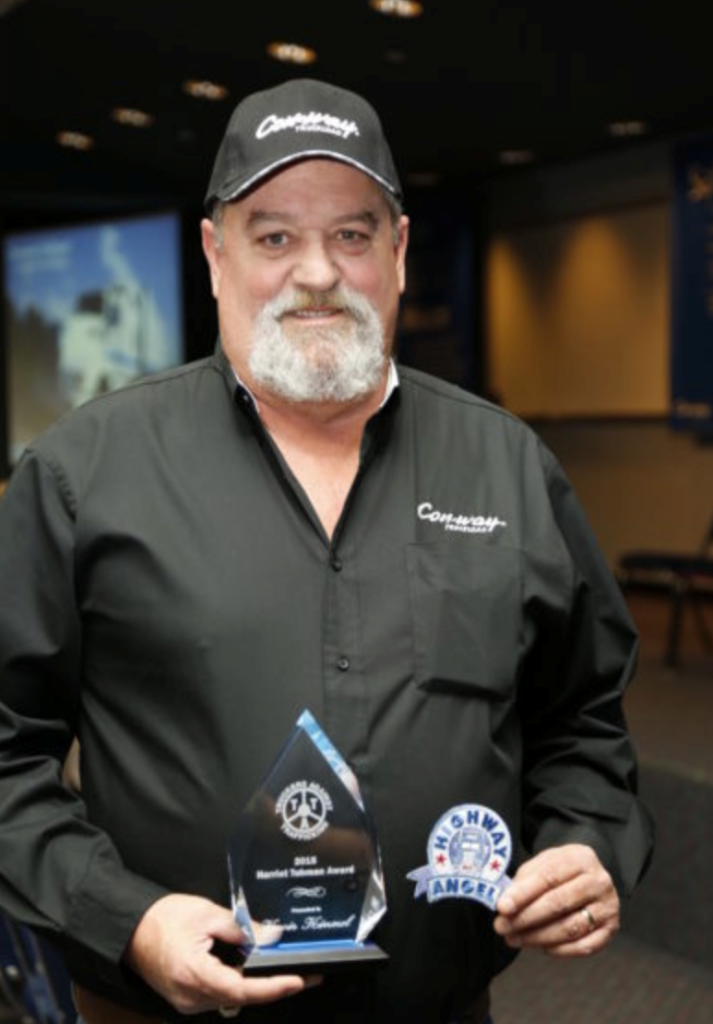
This happened in 2015, but traffickers continue to exploit men and women for profit to this day.
His call to the police led to the rescue of a 20-year-old Iowa woman who had been trafficked by a couple known to her family. She was kept in the RV, listed on a Craigslist ad, and sold to men who raped her.
The woman suffered from malnutrition, beatings, and burns inflicted by heated instruments. The call likely saved her life, and the traffickers are now serving 40- and 41-year prison sentences.
A mobile army of eyes and ears
Canadian and American truckers like Kimmel, are the mobile army of eyes and ears on the road that can help combat human trafficking, says Heather Fry, the director of Industry training at Truckers Against Trafficking (TAT).
According to TAT’s 2022 survey, 992 of 13,600 professional truck drivers surveyed have said they’ve seen at least 3,044 incidents of sex trafficking within the last three years.
“Overall, commercial vehicle operators provide tremendous assistance for most crime, anything that is occurring along the highways,” adds Nathan Murano, an anti-human trafficking coordinator for Ontario at the Royal Canadian Mounted Police (RCMP), when reflecting on his previous federal policing experience in Manitoba, and Newfoundland and Labrador.
Drivers might encounter potential victims, such as lone children, teenagers, or young adults accompanied by others – traffickers – who are offering transportation, food, housing, or gifts to gain trust during the recruitment stage. Truckers can also observe the exploitation stage of the crime as Kimmel did. These encounters could happen anywhere from street corners to rest stops, restaurants, hotels, gas stations, or even truck stops.
This is why as Canada marks Feb. 22 as its annual National Human Trafficking Awareness Day, and the Commercial Vehicle Safety Alliance (CVSA) is holding its annual five-day Human Trafficking Awareness Initiative (HTAI) from Feb. 19-23.
The initiative is a part of the alliance’s human trafficking prevention program that was formed in 2020.
It’s more common than we think
Shelley Walker, the president and founder of the Women’s Trucking Federation of Canada, has been heavily invested in spreading human trafficking awareness across the industry for several years.
And yet, Walker says public awareness is still lacking.
“People don’t know enough about trafficking, or they don’t want to hear about it. Or they don’t think that it exists. Some of it is stigma, and they don’t want to be associated with it,” she observes.
The RCMP and Ontario Provincial Police (OPP) say that the human trafficking is not new to North America, including Canada – but note the fact that the statistics show an increase in numbers over the past several years can be partially explained by raising awareness and better recognition and reporting of the crimes.
Since the launch of the Canadian Human Trafficking Hotline in 2019, approximately 1,500 cases have been identified.
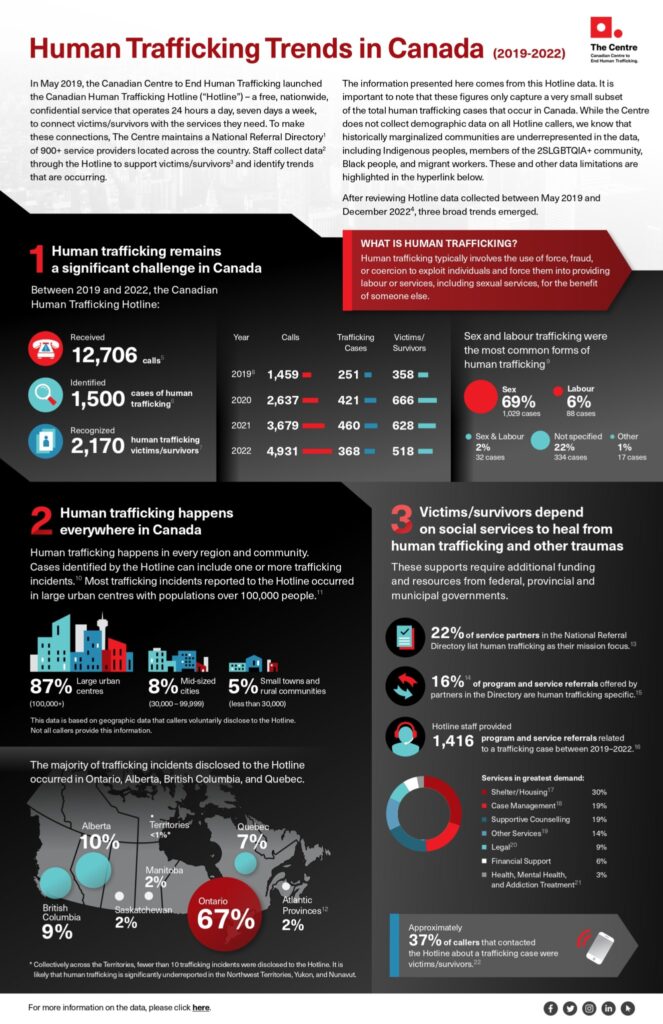
Walker adds that while the national average is 1.4 incidents per 100,000 population, Nova Scotia comes in at 5.3, Ontario is at 2.3., and Saskatchewan is at 1.8, which makes them the highest provinces for sex trafficking.
In Ontario alone, the police services in the province have investigated 103 cases and assisted 126 victims, between December 2021 and 2023, says Heather Bowden, acting detective staff sergeant of the anti-human trafficking unit at OPP. As a result of these investigations, 147 human trafficking and 227 additional charges were laid, and 40 people were charged.
Industry’s efforts
But trucking industry players have a role in stopping the crime.
WTFC initiated its Know Human Trafficking awareness campaign in 2019 and currently has 27 trailers from different carriers wrapped with awareness messages, and five tanker trucks that have the human trafficking ribbon on the back.
“It is a very easy way to spread messages about human trafficking right across the country. Thousands of people can see a truck in a single day, depending on where it is,” says Walker, encouraging more carriers to get involved with the initiative.
Last year, as a part of the driver training within the Bridging the Gaps initiative, the organization incorporated a course on human trafficking awareness into its curriculum in six schools. It is survivor-led and developed by Timea Nagy, funded by the provincial government, and is not meant for individuals less than 14 years old.
The organization also partnered up with 23 ONroute locations in 2023 to spread the message.
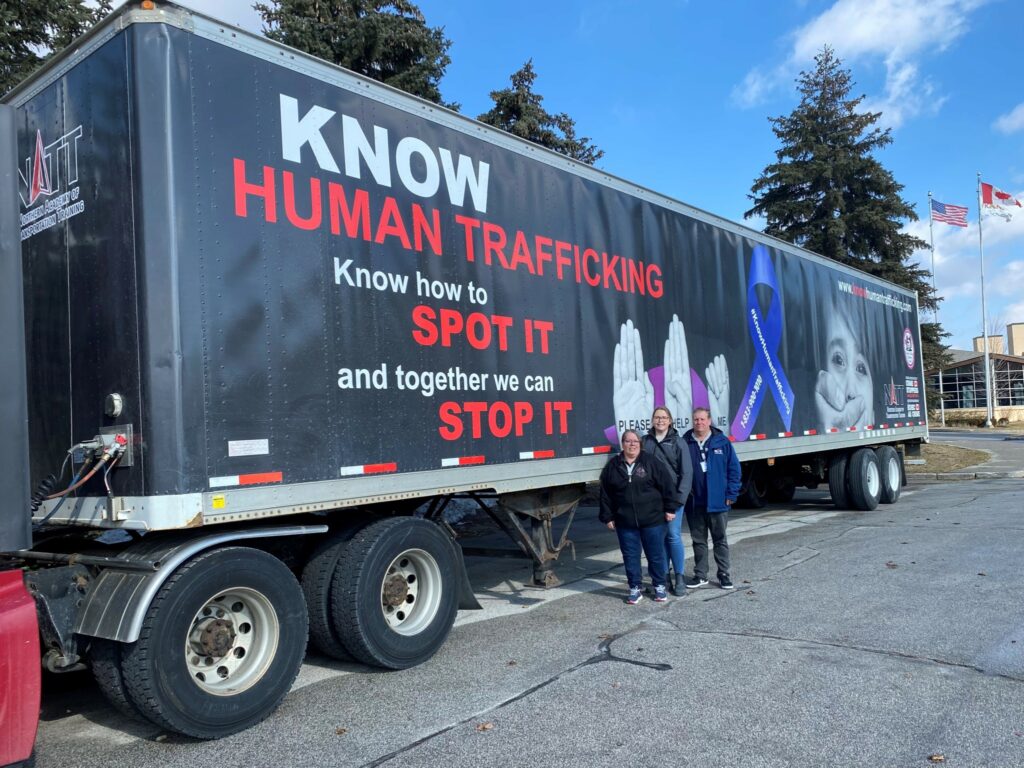
While the Ontario government will make anti-human trafficking a mandatory curriculum topic in MELT (mandatory entry-level training), Walker says WTFC continues to advocate for this change on the federal level.
CVSA reports that last year, during the HTAI, it handed out 45,972 wallet cards and 21,763 window decals, and conducted 218 human trafficking awareness and prevention events.
Fry notes that CVSA’s involvement has been vital to TAT’s mission and efforts in Canada.
“Because of that [partnership], we’ve been able to work with every province and territory, in some capacity. And that resulted in endless opportunities both on the private and the public side,” said Fry.
Last year, for example, the organization expanded its reach in Canada and private and public partnerships through its TAT’s Coalition Build program in Calgary, Alta.
In addition to the free training provided, TAT’s most recent efforts include conversations with the Canadian Council of Motor Transport Administrators (CCMTA) and Canadian Trucking Alliance (CTA) to advocate for the implementation of mandatory anti-human trafficking training during truck driver schooling.
“This is vital because these men and women will be educated and equipped to combat human trafficking before they even hit the road driving,” she says.
What is the protocol?
While police advise truckers to report suspicious activity and be cautious of intervening, both Murano and Bowden say knowing the signs of human trafficking is always helpful.
Murano says law enforcement would never advise anyone to interfere with an active crime.
To those unsure of what to do, he says to rely on your gut. “If it seems like something’s wrong, there probably is something wrong.” He adds that drivers can contact the Canadian Human Trafficking Hotline and run the observed scenarios by them to report and receive instructions.

Bowden also notes that firearm possession is one of the common charges associated with human trafficking, so that is an additional thing for truckers to keep in mind. She adds one of the elements of human trafficking is that victims often don’t see themselves as a victim and they can get defensive. So initiating conversations with them might put both parties at unnecessary risk.
“[They] are often subjected to some of the most complex trauma that a person can go through. It will actually change the physiology of your brain. A lot of people who are being trafficked either don’t accept the fact that they’re being trafficked, or they may not even be aware that they’re being trafficked,” explains Murano.
Red flags
Truckers should be vigilant for signs of abuse, such as bruises or tattoos indicating ownership.
“Quite often, it’ll be names or initials,” says Bowden, explaining these are the ‘ownership’ marks traffickers use. “There will be visible tattoos often on the neck, the fingers, perhaps on the hand, so it’ll be obvious so that you can see them.”
If a person seems anxious or unable to speak freely, this might be another sign of control. Victims might also wear inappropriate clothing for the weather and may lack personal identification or money, with someone else controlling their conversations or actions, says Bowden. Victims might also refuse to disclose information about themselves or their travel plans.
Keeping truckers’ children safe
But those truck drivers who have children should stay alert for human trafficking signs not only on the road but also at home.
Children and youth are vulnerable to traffickers. Some – more than others.
Fry worked with foster youth and foster and adoptive families in her non-profit organization, Impact Orphans, before joining TAT.
She observed that once these children turned 18 and hadn’t been adopted, they often ended up on the streets, left to fend for themselves. Fry expressed concern for their vulnerability to human traffickers, as traffickers exploit vulnerabilities, and these youth were among the most susceptible targets.
Walker and Fry say lots of children also get ‘groomed’ or recruited in schools and targeted on social media.
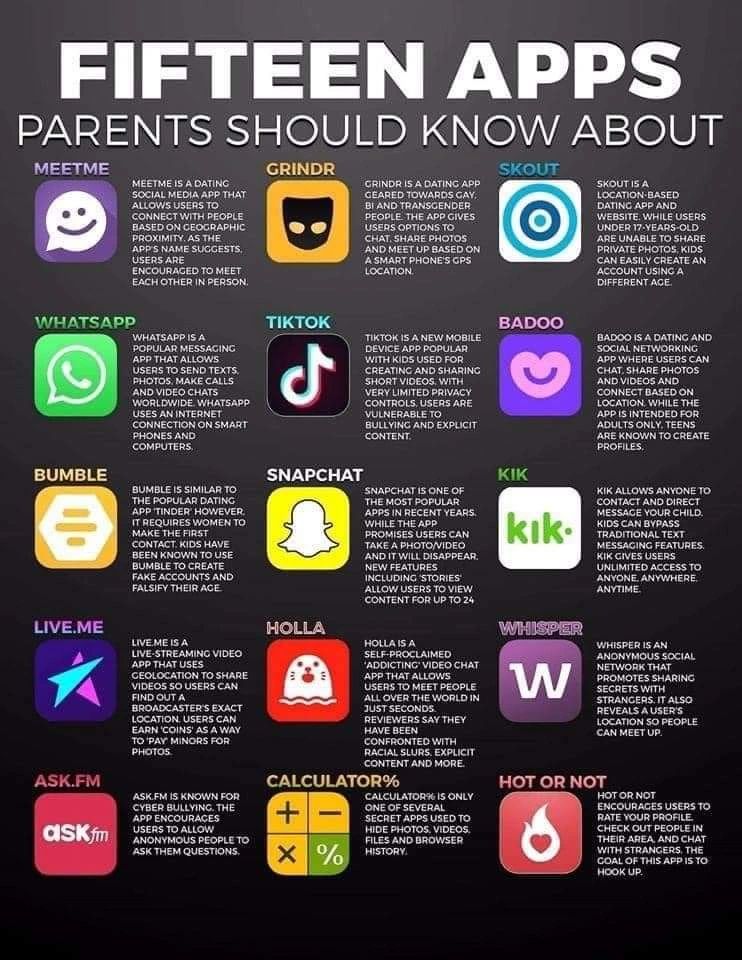
Apps like Snapchat, WhatsApp, and others can further increase kids’ exposure to predators.
“You need to have passwords and access to every single thing that they’re on. And if they don’t want to give it to you, you need to take it away,” Walker says.
Truckers should utilize their knowledge and training to educate children as soon as they get a phone, as they can be approached in malls and on social media, Murano adds.
“It is not something that happens in the shadows. This is something that happens right out in broad daylight. And that it’s not what a lot of shows have made it out to be,” he says.
“It’s something that’s done in school parking lots. It’s done inside of schools, it can be something that’s done in hotels or it can be done at truckstops. This is an issue that has many faces.”
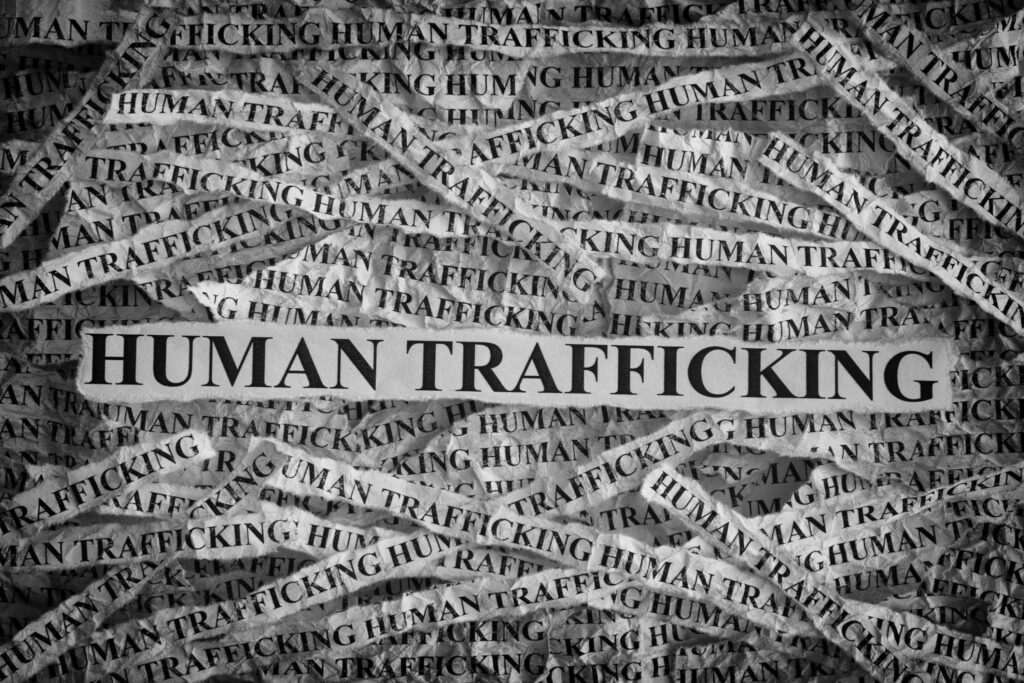
Have your say
This is a moderated forum. Comments will no longer be published unless they are accompanied by a first and last name and a verifiable email address. (Today's Trucking will not publish or share the email address.) Profane language and content deemed to be libelous, racist, or threatening in nature will not be published under any circumstances.